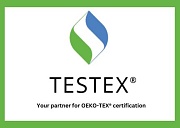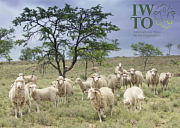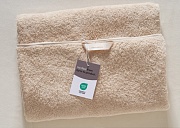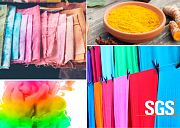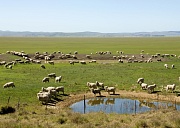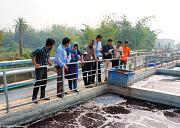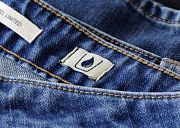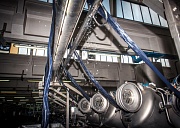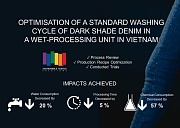SPONSORED CONTENT - Wool is ideal for high-value, sustainable products, from luxury fashion to high-performance activewear to heavy-duty carpets. But it is also relatively expensive and wool fibres are easily damaged during processing.
We asked Alessandro Larghi, global marketing manager for wool at Huntsman Textile Effects, why preserving the quality of wool fibre matters and how it can be achieved. Here’s what we discovered.
1. Preserving fibre quality enhances mill performance
Mills want to avoid damaging wool fibres during processing to safeguard productivity and produce finer wool fabric for higher-value end uses. Preserving fibre quality improves the combing and spinning processes to improve mill productivity and results in higher yield, since less wool is wasted.
How much fibre damage occurs depends on various factors, including the temperature and duration of the dyeing cycle, the pH of the dye bath, and the dyes and chemicals used.
2. Traditional processes are being phased out
Chrome dyes are still used to produce black, navy and dark shades on wool. They require after-treatment with a mordant, chromium VI, to develop their fastness properties. However, this process increases the potential for fibre damage.
Chromium VI is also restricted under REACH and not allowed in formulations under version 2.0 of the Zero Discharge of Hazardous Chemicals (ZDHC) Manufacturing Restricted Substances Lists (MRSL) or the RSLs of most major brands.
3. A safe and gentle solution is now available
Huntsman Textile Effects’ innovative LANASOL® CE wool dyeing system includes its LANASOL® CE dyes and MIRALAN® LTD and ERIOPON® LAN dyeing auxiliaries. This combination of chrome-free dyes, low-temperature dyeing and neutral after-treatment results in improved fibre quality and better wet rubbing fastness while delivering similar fastness to after-chrome dyeing.
- LANASOL® CE is a state-of-the-art metal-free dye range that outperforms traditional after-chrome dyes across the board – at every level of dyeing and processing. It also provides the broadest spectrum of shades to meet the needs of global brands and retailers.
- MIRALAN® LTD ensures perfect fibre and surface levelness with highest exhaustion and fixation for LANASOL® dyes at 90°C. This reduced temperature saves resources, such as energy and steam, while delivering the deepest shades and preserving wool quality.
- The ERIOPON® LAN washing agent supports the wash-off of hydrolysed inactive reactive dyes under neutral conditions. This improves combing and spinning processing, delivering higher yields and a softer fabric handle. Dyeing is more reliable and wet rubbing fastness is also improved and more consistent, especially for deep and black shades.
“LANASOL® has long been recognised as the leading brand in the wool industry. Developing a gentle dyeing system with LANASOL® CE and our innovative dyeing auxiliaries allows us to deliver the highest technical performance while rendering chrome dyes obsolete. Mills are now able to protect the natural beauty of wool, achieve water, energy and time savings, and improve productivity and yield,” Alessandro says.
A champion of a sustainable textile production, Huntsman introduced LANASOL® CE in 1997, well before any restrictions on chromium VI came into effect. The company then entirely withdrew from the production and sale of after-chrome dyes in 2008 to lead the industry to more sustainable wool dyeing. The new LANASOL® CE wool dyeing system continues its efforts to make wool dyeing more sustainable and more economical.














